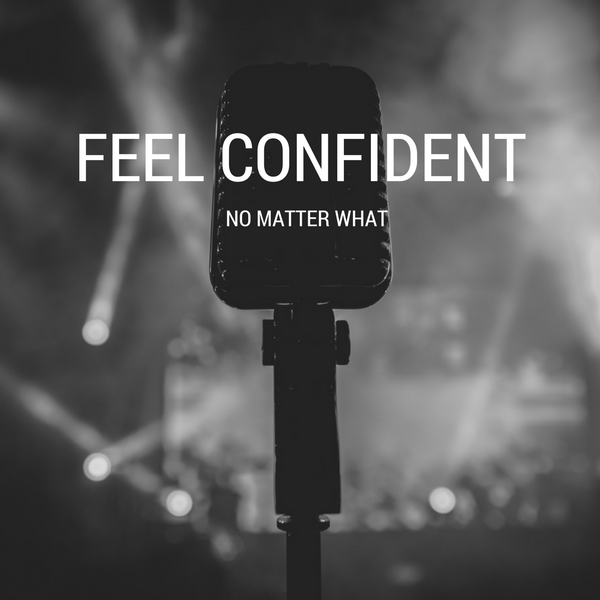An Interview with the World's #1 Vocal Coach, Roger Love

Ever notice how people respond to you when you’re feeling confident? For me it feels all bubbly, just like champagne, only without the next day what-was-I-thinking headache.
Confidence. It feels so good when we have it… and so miserable when we don’t. It can completely change the way we walk down a street or hold our coffee cup. It changes the way others see and hear us. And, yet, we either have it or we don’t, right?
Wrong.
Confidence is a choice.
And Roger Love shows us how to choose it.
If you want to nail that next interview or date, improve your relationships, and maybe even add eight years to your life, this exclusive Q&A can help.
When you’re ready to take it to the next level and learn how to feel confident no matter what, check out Roger’s newly revised book Set Your Voice Free.
***
Cortney: You’ve helped some of the most influential people on the planet dramatically increase their confidence. How did you do it?
Roger: I believe in a concept called shared confidence. We don't build confidence by ourselves. We project outward who we are, people react to us, and their reactions trigger a boost of our own confidence, or lack thereof. So the goal is to create sounds and physiology and mindset that show you off at your best and influence the perceptions of others. Then people will react to you appropriately, positively, and you can use their perceptions to bolster your own self-confidence.
Take mindset, for example: The next time someone compliments you for something, say a shirt you’re wearing, accept the compliment. Allow yourself to walk away feeling like you look good, fully embracing this positive perception of yourself. As you start to practice this, you’ll be stacking those positive comments and feelings and allowing them to help build your self-confidence. Over time, you’ll become more and more confident, as you step fully into the YOU you want to be.
Cortney: You also mentioned sounds and physiology as a way to positively influence the perception of others. Can you give us one sound tip that will lead to immediate results?
Roger: Most people speak with descending melodies. They start out a sentence and then as if they were playing on the piano only going to the left, from a higher note to a lower note, they attach these melodies to the words they say. The problem with only using descending melodies is that it makes the listener unhappy and bored. If you listen to music that only had the pattern of going from high to low, you would feel the same sadness, so my number one tip is to use ascending melodies. Learn to start at a lower note and as the sentence unfolds, as the words stream out of your mouth, go to higher pitches, which will musically and subconsciously make the listeners happier. When you can make the listeners feel happy, they will listen to you a lot longer, and care about the things you have to say. People will never remember the words you use, but they will remember how you made them feel, especially if you make them feel happy.
Cortney: What about physiology? How can we alter the way we’re using our bodies so that we feel more confident and those who listen to us can feel it?
Roger: My number one physiology strategy is learning to breathe in through your nose, because there are filters in there called turbinates. Breathing in that way makes the air moist and therefore doesn't dry out your vocal chords or your throat, allowing you to speak or sing all day and night and never lose your voice. One more tip is to realize that your voice is not just a product of something that happens in your throat. You need to energize your entire body to create the sound and then deliver your message.
One way to do this: As you breathe in through your nose, imagine your entire body being filled with an energy. Give it a color, your favorite color, and imagine as you inhale that that color fills up every part of your body from your mouth up to your head and down to the tip of your toes. Then, as you speak, imagine that color flowing out of you in a solid stream with the words attached. Speaking is a full-body sport, meaning that you have to move your whole body to complement the sounds that you make, not just one hand or one facial expression.
Cortney: What else will we take away from your newest book?
Roger: Once you know how you sound, and the variables that are involved in creating the right pitch, pace, tony, melody and volume, it's very easy to change your voice, physiology, and mindset. A full makeover happens in almost no time at all. And why not try a makeover that completely and positively changes the way people perceive you, gives you the ability to move people emotionally, and predetermines the outcome of every conversation you have? It's the fastest and easiest thing you can do to change your personal and business life.
***
From the boardroom to the bedroom, the hands-on lessons in Roger’s book Set Your Voice Free will completely transform your life.
In the meantime…
Instantly improve your sound, physiology, and mindset with the other articles in this series:
